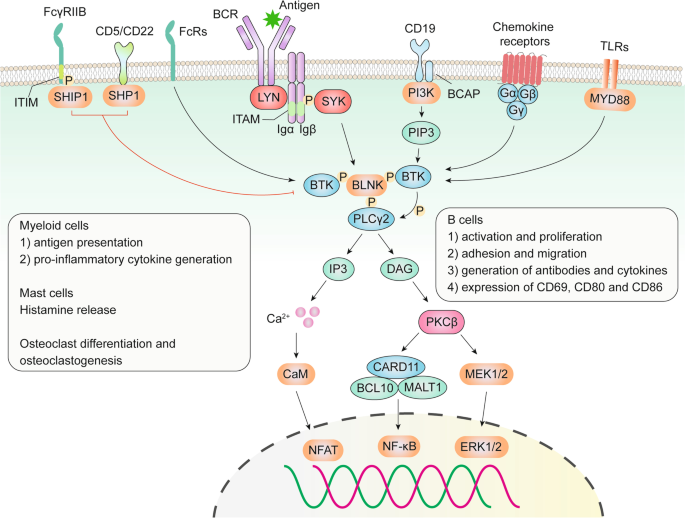Relative Selectivity of Covalent Inhibitors Requires Assessment of Inactivation Kinetics and Cellular Occupancy: A Case Study of Ibrutinib and Acalabrutinib
Por um escritor misterioso
Descrição

Case Study - COVALfinder to Study Irreversible EGFR Drugs

Structure-Function Relationships of Covalent and Non-Covalent BTK Inhibitors. - Abstract - Europe PMC

Kinetic mechanisms of covalent inhibition - ScienceDirect

Selective Inhibition of Bruton's Tyrosine Kinase by a Designed Covalent Ligand Leads to Potent Therapeutic Efficacy in Blood Cancers Relative to Clinically Used Inhibitors

BTK inhibitors in the treatment of hematological malignancies and inflammatory diseases: mechanisms and clinical studies, Journal of Hematology & Oncology

PDF] Relative Selectivity of Covalent Inhibitors Requires Assessment of Inactivation Kinetics and Cellular Occupancy: A Case Study of Ibrutinib and Acalabrutinib

Kinetic mechanisms of covalent inhibition - ScienceDirect
Sigmoidal correlation between Btk occupancy and experimentally observed

BTK inhibitors in the treatment of hematological malignancies and inflammatory diseases: mechanisms and clinical studies, Journal of Hematology & Oncology

PDF] Relative Selectivity of Covalent Inhibitors Requires Assessment of Inactivation Kinetics and Cellular Occupancy: A Case Study of Ibrutinib and Acalabrutinib

The Ascension of Targeted Covalent Inhibitors

PDF] Relative Selectivity of Covalent Inhibitors Requires Assessment of Inactivation Kinetics and Cellular Occupancy: A Case Study of Ibrutinib and Acalabrutinib

Full article: Drug delivery targets and strategies to address mast cell diseases

Development of covalent inhibitors: Principle, design, and application in cancer - Zheng - 2023 - MedComm – Oncology - Wiley Online Library
de
por adulto (o preço varia de acordo com o tamanho do grupo)







